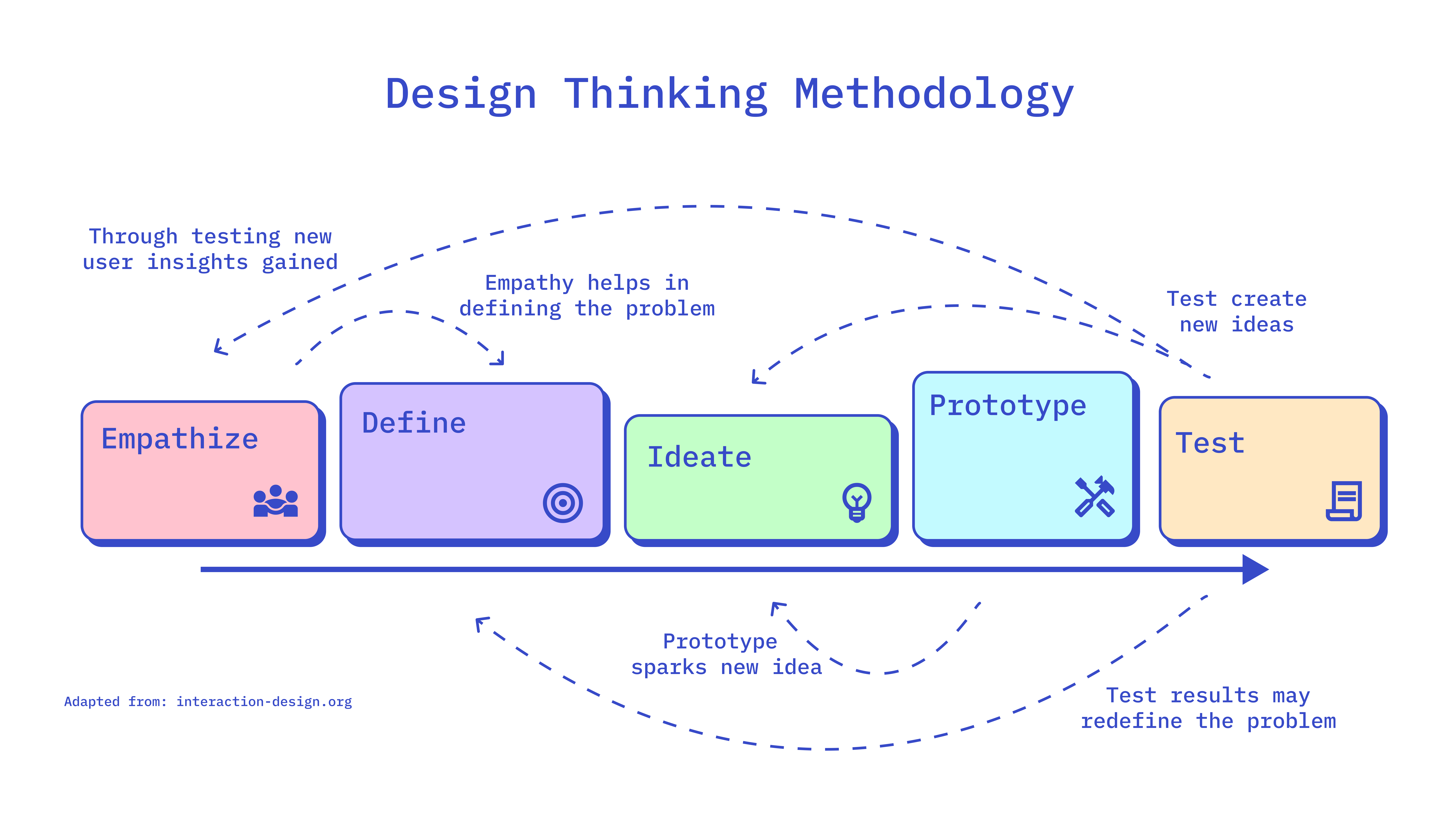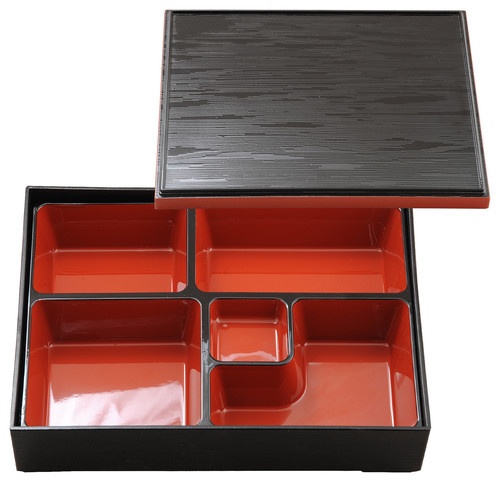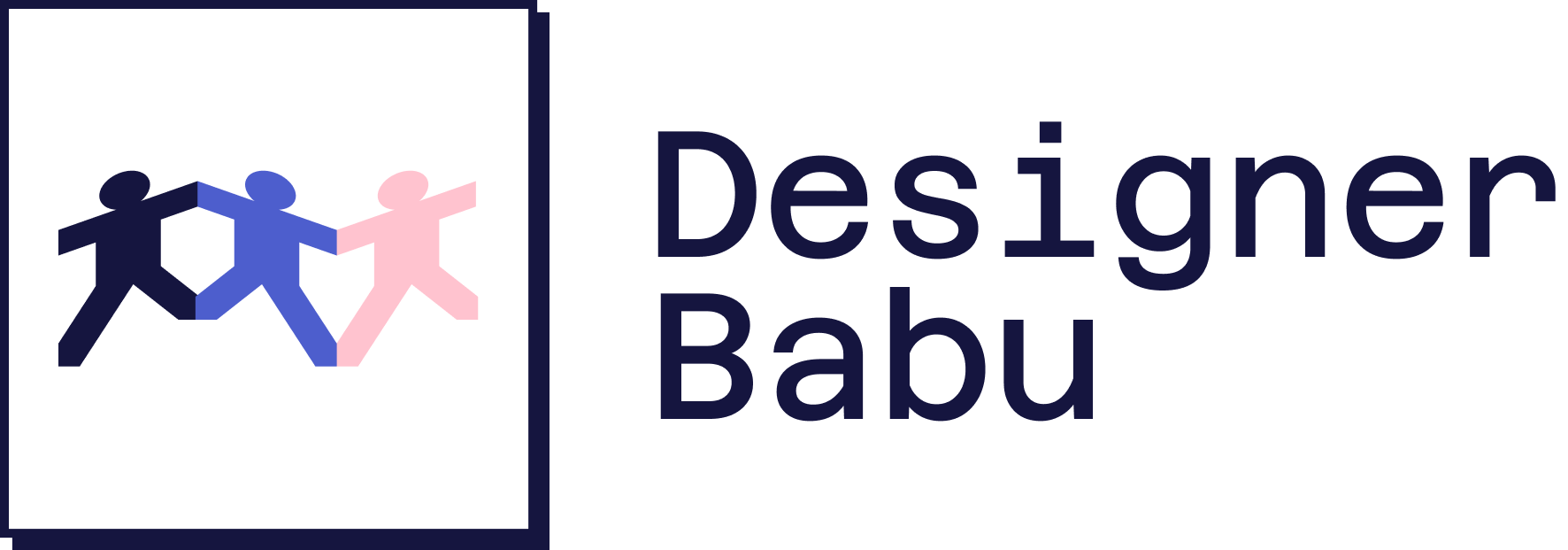Understanding Design (Thinking)
User Experience is the Birthplace of Design.
Chapter Overview
This chapter introduces the foundational design thinking methodology, which guides you in identifying and addressing a user’s challenges. The next chapter will discuss the fundamentals of user experience, which lay the groundwork for design and justify why certain design elements are essential. Following that, we’ll dive into practical tools and techniques you can use to bring your ideas to life.
This chapter focuses on the philosophy and flow of design; the next chapter delves into understanding user experience, and the one after that provides practical tools to help you actualize your ideas.
1. User Experience is the Birthplace of Design
The heart of any design process begins with understanding user experience. Think of it as the response a user has throughout their journey with a product. Imagine a bento box as an example. Even before you open it, just placing the box on the table creates an impression. If the box is poorly made, it might leak, staining your bag and table, and causing frustration before you’ve even tasted the food. With a touch of relief, you open the box and see the food still looks appetizing, though it’s shifted around a bit. You take your first bite—only to find that the food is overly salty. This negative experience now goes beyond the meal itself, affecting your goal to reduce sodium intake. You finish what you can, wishing that the compartment for your favorite vegetables was larger. Finally, as you try to close the box, the latch doesn’t fit properly, making you late as you struggle with it.
This scenario highlights the impact of user experience. If a designer understands this experience, they can uncover what users need, where frustrations arise, and how the design could be improved. User experience, when understood fully, becomes the foundation of great design.
Collecting insights into user experiences often requires structured methods. One of the most foundational methods is conducting interviews. By interviewing users, we can learn about their likes, dislikes, and specific frustrations. For instance, an interview might reveal a user’s preference for larger compartments in the bento box or the need for a more secure latch. These insights directly inform and guide the design process.
Note
Empathizing with users allows designers to create solutions that are not only functional but also enjoyable and intuitive. For example, designing a user-friendly mobile app involves observing how people interact with similar apps, understanding their pain points, and identifying what they desire. These insights then inform every step of the design.
2. Origin of Design Thinking
How can one begin to design effectively and efficiently? There’s little value in creating a solution that’s costly or complex to implement. To achieve meaningful design, we need a structured yet flexible approach that fosters smart, sustainable decisions—a method that ensures each step in the design journey adds value without overshooting resources or effort. This is where Design Thinking comes in.
Design Thinking is a methodology that emerged from industrial design practices, gaining prominence in the late 20th century through the efforts of IDEO and Stanford’s Hasso Plattner Institute of Design (the d.school). Its roots trace back to the 1960s and 1970s, a period when designers began embracing human-centered approaches to tackle increasingly complex challenges. Emphasizing empathy, creativity, and rationality, Design Thinking provides a framework for solving problems in a way that places the user at the heart of each decision.
The Design Thinking Process

Design Thinking starts with understanding the user deeply, using methods such as interviews, surveys, observation, and empathy mapping. This first stage—Empathize—lays the foundation by immersing the designer in the user’s needs, challenges, and experiences. Next, in the Define phase, we clarify the problem through user personas, stories, and problem statements to pinpoint exactly what needs solving. With a well-defined problem, we then move into Ideate, a phase dedicated to exploring diverse potential solutions using brainstorming, sketching, mind mapping, and tools like SCAMPER. After ideation comes Prototyping, where ideas are turned into tangible forms. Prototypes can range from simple paper sketches to high-fidelity digital mockups or even physical models, depending on the product type. These prototypes are then tested with real users to validate their effectiveness. During this Test phase, usability tests, A/B testing, and user feedback help refine the design.
Once validated, the design moves to the Implementation stage, where developers bring it to life. Collaboration, launch, and performance monitoring ensure the solution reaches users in a polished form. Finally, the design process doesn’t end with the launch. In the Iteration phase, designs are continuously refined based on user feedback and performance data, ensuring they stay relevant and effective over time.
Steps of Design Thinking
1. Empathize
Goal: Gain a deep understanding of the user’s needs and experiences.
Methods: User interviews, surveys, observation, and empathy mapping.
2. Define
Goal: Clearly outline the problem you’re aiming to solve.
Methods: Develop user personas, define user stories, and craft precise problem statements.
3. Ideate
Goal: Generate a broad range of creative solutions.
Methods: Brainstorming, sketching, mind mapping, and using creativity tools like SCAMPER.
4. Prototype
Goal: Create tangible versions of your ideas to explore and test.
Methods: Build low-fidelity (paper) prototypes, digital mockups, or physical models for hands-on products.
5. Test
Goal: Validate designs through real user feedback and usability insights.
Methods: Conduct usability testing, A/B testing, and gather detailed user feedback.
6. Implement
Goal: Deliver the design to users by turning prototypes into a live product.
Methods: Collaborate with developers, launch the product, and monitor its performance.
7. Iterate
Goal: Continuously refine and enhance the design based on feedback.
Methods: Ongoing testing, insights gathering, and incremental improvements.
Each phase contributes to a cycle of evolution and improvement, allowing designs to adapt to user needs and remain impactful over time. By following the Design Thinking methodology, designers can confidently approach even the most complex challenges with empathy and creativity, ensuring each solution is not only effective but also enduring.
Example: Designing a Bento Box Using Design Thinking
This example demonstrates how design thinking can lead to a bento box that not only meets Priya’s needs but also reflects a user-centered approach that can be applied to any project. Remember, each designer might approach this process differently based on the same insights, showcasing the flexibility of design thinking. By using tools like empathy maps, “How Might We” statements, and SWOT analysis, you can transform raw insights into thoughtful solutions tailored to real users.
Let’s apply the design thinking process to design a bento box that fits your friend Priya’s needs.

1. Empathize
Objective: Understand Priya’s needs, preferences, and challenges.
- Interview Priya: Priya, a 30-year-old office worker who loves cooking, wants to bring healthy homemade lunches to work. During lunch, she mentions that she prefers having a variety of foods but finds it challenging to keep them separate in her current lunchbox. She also notes that she needs something easy to clean and microwave-safe to minimize post-work fatigue.
- Observe Priya: Notice how Priya struggles to fit multiple containers into her bag, often spilling sauces. Her salad loses freshness, and her rice mixes with her curry—issues that disrupt her ideal lunch experience.
- Survey Other Office Workers: Gather insights from Priya and colleagues who have similar needs. For example, many respondents want a sleek design that they feel comfortable bringing into a professional setting.
- Secondary Research: Check online reviews of popular bento boxes to understand common complaints and desirable features. Research can reveal trends and additional pain points like leaking compartments, lack of freshness, and challenging cleaning processes.
2. Define
Objective: Clearly articulate the problem based on Priya’s insights.
- Organize Findings: Sort through insights collected from interviews, observations, and surveys. Use “card sorting” to group the most commonly desired features for a bento box.
- Empathy Map: Create an empathy map to consolidate Priya’s thoughts, feelings, and behaviors, allowing you to see her experience from a holistic perspective.
Example Empathy Map for Priya
- Says:
- “I love bringing homemade meals to work but need to keep everything separate.”
- “It’s hard to fit multiple containers into my bag.”
- “My current lunchbox doesn’t keep my salad fresh.”
- Thinks:
- “I want my lunch to stay fresh and presentable throughout the day.”
- “It would be ideal to have a lunchbox that suits a professional environment.”
- Does:
- Packs multiple foods like salads, rice, and curry in separate containers.
- Struggles with spilled sauces and mixed foods in her current lunchbox.
- Feels:
- Frustrated with her current setup.
- Anxious about her food staying fresh and separated.
- Excited about the possibility of a lunchbox that meets her needs.
Insights & Opportunities:
- Freshness: Priya needs a lunchbox that keeps food fresh and separate.
- Convenience: It should be easy to clean, pack, and microwave-safe.
- Aesthetic Appeal: A sleek, professional design for office use.
- Functionality: Built-in compartments to prevent food mixing and spillage.
Problem Statement:
“Priya, a busy office worker, needs a versatile, easy-to-clean bento box that keeps food fresh and separate, allowing her to enjoy a homemade meal at work in a professional setting.”
- HMW Statements: (“How Might We” statements help frame the challenge in an actionable way)
- HMW design a lunchbox that keeps Priya’s food fresh and appealing?
- HMW make the bento box easy to clean and maintain?
- HMW create a design that aligns with Priya’s professional environment?
3. Ideate
Objective: Generate a wide range of ideas to solve Priya’s problem.
- Brainstorming: Consider all possible solutions, such as bento boxes with modular compartments, built-in sauce containers, microwave-safe materials, and easily cleanable parts.
- Mind Mapping: Develop a mind map to explore different design aspects, like materials, compartment layouts, portability, and aesthetics.
- Sketching: Sketch different layouts and configurations, like built-in utensils, removable compartments, and secure seals.
- SWOT Analysis: Assess each design idea’s strengths, weaknesses, opportunities, and threats to find the most promising solution.
Example SWOT Analysis for a Bento Box Design
- Strengths: Customization tailored to Priya’s needs, high usability, professional aesthetic.
- Weaknesses: Possible high production costs, competition with existing brands, need for extensive testing.
- Opportunities: Growing demand for meal-prep solutions, possibility to use eco-friendly materials.
- Threats: Market competition, potential imitations, economic factors affecting demand.
4. Prototype
Objective: Develop physical prototypes to test your ideas.
- Low-Fidelity Prototypes: Create simple versions using materials like cardboard to test basic aspects like size and shape. This stage focuses on general usability rather than final functionality.
- High-Fidelity Prototypes: Build refined models with materials similar to the final product, like BPA-free plastic that’s microwave-safe. Include essential features such as snap closures and removable compartments to check for durability and ease of use.
5. Test
Objective: Test prototypes with Priya and gather actionable feedback.
- Feedback Sessions: Let Priya test the prototype and ask specific questions about her experience. Use a diary study to track her day-to-day use over a few days, providing deeper insights into the product’s real-life performance.
- Iterate Based on Feedback: Use Priya’s input to improve the design, making adjustments like resizing compartments or enhancing the sealing mechanism to better suit her needs.
- Refinement and Finalization: After several rounds of feedback and iterations, finalize the design to meet both functional and aesthetic requirements.
Conclusion
Design Thinking provides a structured yet flexible methodology to address complex user challenges, as demonstrated in the example of designing Priya’s bento box. By empathizing with her needs, defining the problem clearly, generating creative solutions, prototyping, and testing iteratively, the process ensures that the final design is both functional and user-centered. This approach not only solves immediate pain points but also creates a product that enhances the user’s overall experience, proving the power of thoughtful, empathetic design in transforming everyday interactions.

Leave a Reply